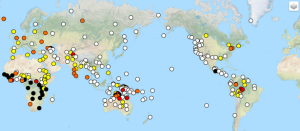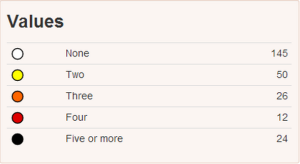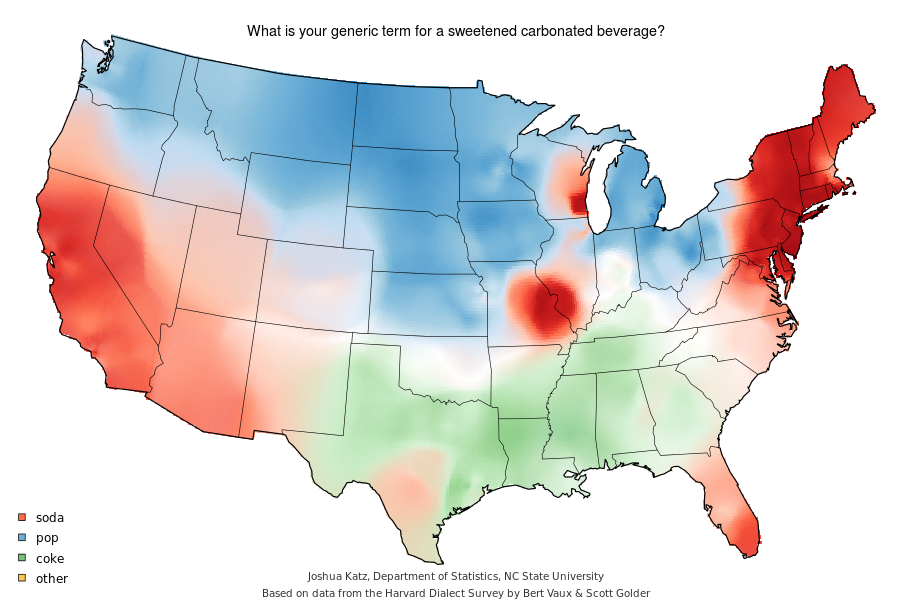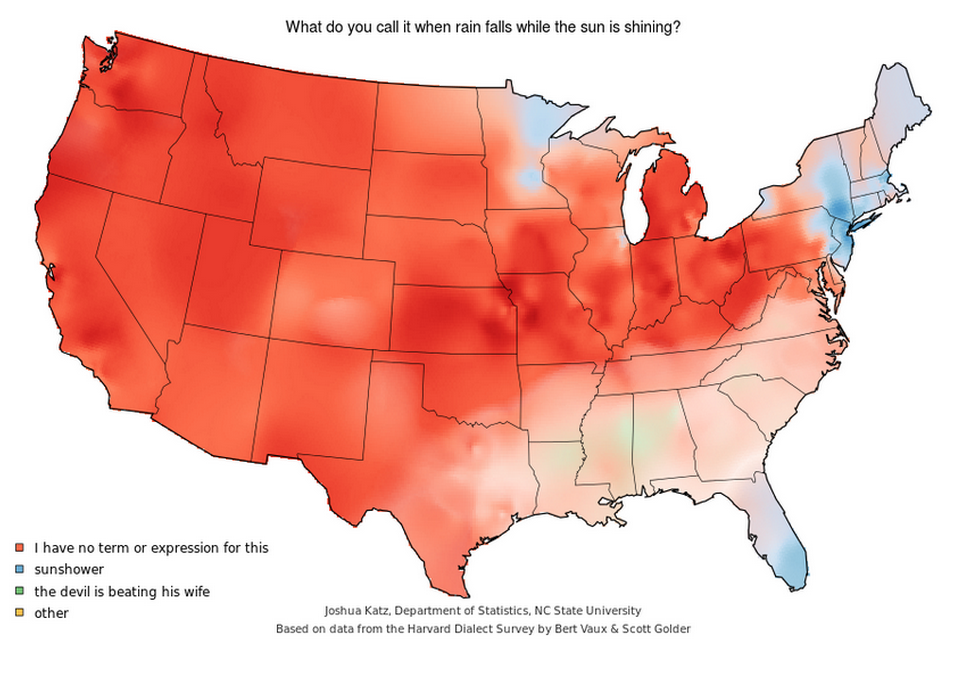Hello again, readers! It’s been a while, I know, but that’s only because I’ve been settling into my new home in Raleigh, North Carolina where I am starting the fantastic MA program in Linguistics at North Carolina State University! I don’t normally like to inject anything personal into my posts, but I figured this tidbit was linguistics-related so I thought I’d let it slide.

A poster for NC State’s Language Diversity initiative. Cool, right?
In this post I decided I’d do something a little different and invite you, my readers, to become real linguists. No PhD required. There are some incredible resources on the internet where you can dabble in the type of research that linguists do everyday, and where you can answer some of your burning questions about language. And best of all, anyone can access these tools; you don’t have to be affiliated with a university to use them. Here are some of my favorites:
WALS: the World Atlas of Language Structures
This was the first linguistic tool introduced to me in my very first linguistics class. This blog focuses mainly on features of English, but if you want to find out about the languages of the world and compare them to each other, WALS is your site. For example, perhaps you really enjoyed my post on grammatical gender, and you want to learn more about grammatical gender and how languages compare on issues of gender. So you search grammatical gender on WALS, and voila! You get a map like the following:
And a key like this:
You now know which languages have how many genders, and where they are distributed on the map (language families tend to be geographically close, so clusters are natural). Perhaps you didn’t expect that some languages had four or five genders! A linguist here may be asking: if languages with two or three genders describe inanimate objects with gender-biased adjectives based on their grammatical gender, how does grammatical gender affect those descriptions in a language with five or more genders?
With WALS, you can search for specific features you’re interested in, or you can just browse the existing categories that people have created. I’d recommend trying both — just don’t be intimidated by the names of some of the features! You can always look them up or just skip them to find something that interests you.
Joshua Katz’s Dialect Survey Maps
This one is really fun to browse. Joshua Katz made interactive dialect maps of the continental US based on certain variable lexical items and sound differences from the Harvard Dialect Survey.
Maps range from the classic questions — like “What is your generic term for a sweetened carbonated beverage?”
— to some dialect terms you may not know. For example, what do people call it when rain falls while the sun is shining?
Katz has maps of over a hundred different dialect survey questions. Go through them and see what people say in other parts of the country.
Google NGram
See language change in progress! Google’s NGram viewer uses data from Google Books to graph any word you might like to search. (I apologize for the large margins, I did what I could to reduce it.)
You can see which words are on the decline, like “whom” —
— and which are very new and rising in their usage, like “URL.”
This one comes with a caveat though. Because its source material comes from books, the effectiveness of the search for newer, more informal words may be limited. Although we may use words like “humblebrag” in speech and on social media, chances are it won’t be as popular in a published book. So this one is cool, but doesn’t deal so much with the real meat of what linguists study, which is more natural speech.
Happy exploring!





